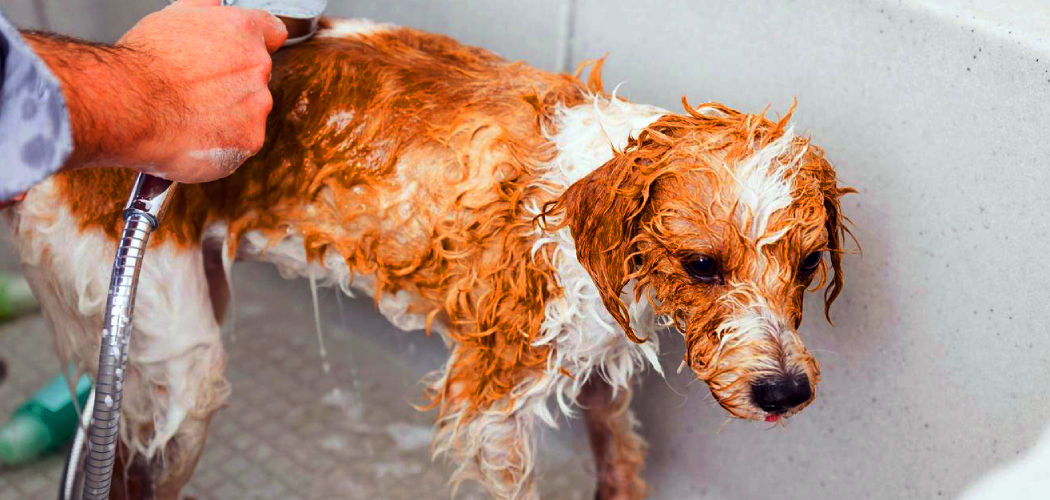Bathing a dog in the tub can be a challenging but necessary part of pet care. However, one common issue pet owners face is the buildup of dog hair, which can quickly clog the drain and create a plumbing headache. When a drain becomes clogged, it slows down water drainage and can lead to unpleasant odors, backed-up pipes, or even costly repairs that disrupt your household routine. Preventing such issues is crucial to stress-free baths for you and your furry friend.

This article aims to guide pet owners on how to bathe dog in tub without clogging drain, using simple techniques and tools to minimize the mess and protect your plumbing. By adopting these best practices, you can create a more efficient bathing process that ensures a clean dog and a maintained drain system, saving time and effort in the long run.
Preparing for the Bath
Proper preparation is key to ensuring a smooth and efficient bath for your dog while protecting your plumbing.
Choose the Right Bathing Location
The bathtub is a popular choice for many pet owners, but depending on your dog’s size and temperament, a utility sink or a walk-in shower can be just as effective. Compact spaces like a utility sink work well for smaller dogs, while walk-in showers might be more comfortable for larger breeds. Choose a location that allows easy access and sufficient room for both you and your dog to move around comfortably.
Brush Your Dog Before Bathing
Brushing your dog prior to the bath is a critical step that minimizes shedding during the bathing process. Use a standard or specialized de-shedding brush to remove loose fur and reduce the amount of hair that ends up in the drain. This simplifies cleaning after the bath and keeps your dog’s coat free of tangles.
Gather All Necessary Supplies
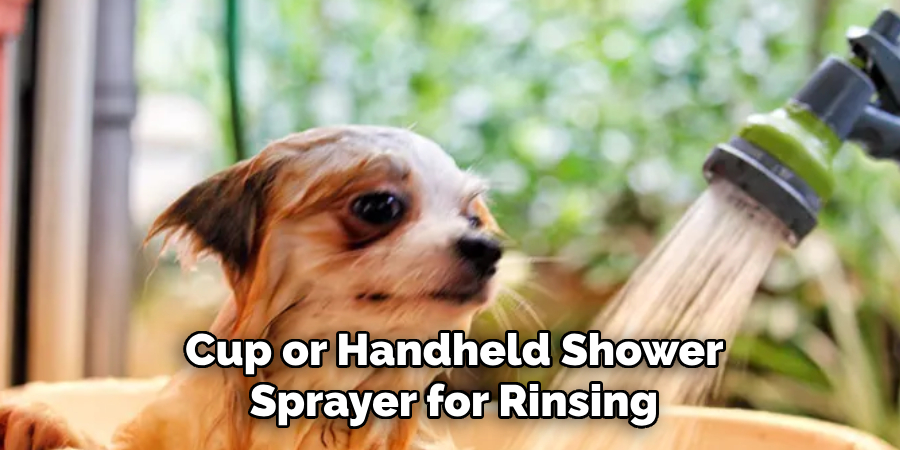
Having all your supplies within reach can make bathing quicker and less stressful. Collect dog-friendly shampoo suited to your pet’s skin type, a cup or handheld shower sprayer for rinsing, and towels for drying. A non-slip mat helps prevent slips, ensuring your dog’s safety in the tub. Finally, use a drain protector to catch hair before it clogs the pipes, keeping your plumbing system safe from blockages.
How to Bathe Dog in Tub Without Clogging Drain: Using a Drain Protector to Catch Hair
A drain protector is essential to prevent hair from blocking your pipes during your dog’s bath. It effectively catches loose fur and protects your plumbing system from potential clogs. Here are the common types of drain protectors and how to use them effectively:
Types of Drain Protectors
- Mesh Drain Covers: These fine mesh screens are highly effective at catching even the smallest hairs while allowing water to flow through smoothly.
- Silicone or Rubber Hair Catchers: Flexible and easy to clean, these are designed specifically to trap pet hair and debris while maintaining proper drainage.
- DIY Solutions: If you don’t have a drain protector on hand, using a washcloth or a small piece of steel wool over the drain can act as a temporary filter to catch hair.
How to Properly Install a Drain Protector
To effectively use a drain protector, place it directly over or inside the drain before you turn on the water. Make sure it’s firmly secured so that hair doesn’t slip past the protector and into the drain. Regularly check it during the bath to ensure it remains positioned adequately as water flows.
Cleaning the Drain Protector After Bathing
Once the bath is over, promptly remove collected hair from the drain protector and dispose of it in the trash. Thoroughly rinse the protector under running water to remove any residue, then store it in a clean, dry location for future use. This simple step ensures the drain protector remains effective and ready for the next bath.
Techniques to Minimize Hair Going Down the Drain
Minimizing the amount of hair that goes down the drain during your pet’s bath is essential to prevent clogs and keep your plumbing in good condition. By adopting a few practical techniques, you can effectively reduce the debris entering your drain.
Wash in Sections
Start with your pet’s legs, then gradually move to their body and head. Washing in sections prevents a large accumulation of hair at once, making it easier to manage and collect loose fur. This method ensures better control over where the hair settles.
Use a Handheld Sprayer or Cup
A handheld sprayer or a cup allows you to direct water flow precisely, ensuring loose hair is rinsed off efficiently while avoiding excess hair buildup near the drain. This focused water flow also makes the bathing process less messy and more effective.
Wipe Excess Hair Away Before Rinsing
Before turning on the water, use your hands or a microfiber cloth to remove loose fur from your pet. This simple step can dramatically reduce the quantity of hair that ends up in the bathwater.
Encourage Loose Hair to Flow Away from the Drain
While rinsing, gently swirl the water with your hand to guide loose fur toward the edges of the tub or sink rather than the drain area. This minimizes the risk of fur collecting directly above the drain, making it easier to remove and dispose of.
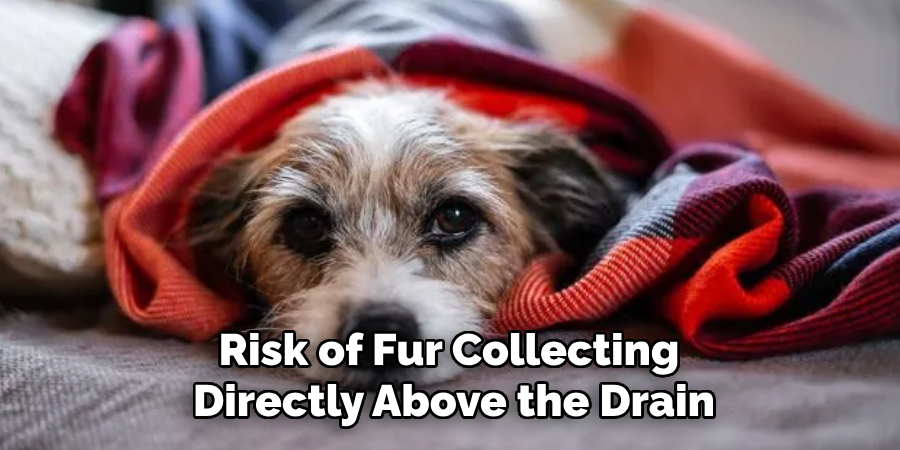
Implementing these techniques can help maintain a cleaner bathing process and preserve the function of your drain over time.
Final Rinse and Drain Maintenance
Final Rinse to Remove Shampoo and Loose Fur
After thoroughly lathering and scrubbing, give your pet a final rinse to ensure all soap and shampoo are washed out. This step is crucial to prevent any residue buildup on your pet’s fur and skin. Take your time, running water for a few extra seconds as you gently comb through their coat to flush out any remaining small hairs.
Wipe Down the Tub Immediately
Once the bathing process is complete, use a damp cloth or paper towels to wipe down the sides and bottom of the tub. This will help collect and remove any fur left behind and keep the bathing area clean for the next use.
Dispose of Hair in a Trash Bag
Gather all collected hair and place it in a trash bag for proper cleanup. Avoid the temptation to rinse loose fur down the drain, as even small amounts can contribute to clogs over time.
Pour Hot Water Down the Drain (Optional)
To maintain your drain’s functionality, you can pour a kettle or pot of hot water down the drain as an optional step. This helps dissolve any lingering soap, shampoo, or conditioner residue, ensuring smooth water flow and reducing the risk of buildup.
Post-Bath Drain Maintenance
Ensuring your drain is clean and clear is essential to post-bath maintenance. Here are a few effective methods to keep your plumbing in good condition and avoid blockages:
Use Baking Soda and Vinegar for Preventative Cleaning
A simple, natural cleaning solution can work wonders for your drain. Pour one cup of baking soda followed by one cup of vinegar down the drain. The combination will create a fizzing reaction that helps break down residue and loosen any trapped debris. Allow the mixture to sit undisturbed for 10-15 minutes, then flush the drain with hot water to wash it all away.
Use a Drain Snake if Necessary
If you notice slow drainage due to hair buildup, a small drain snake is a helpful tool to remove the clog. Gently insert the snake into the drain and rotate it to catch trapped debris before pulling it out. This method is simple and effective at clearing the passage.
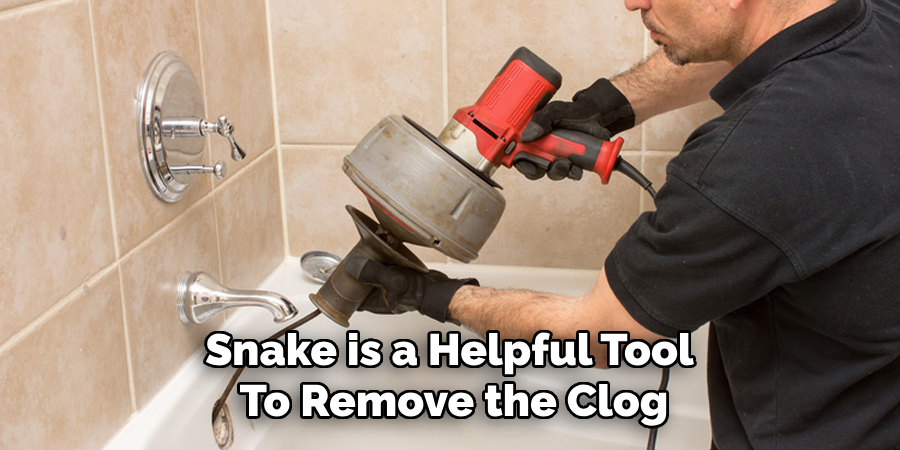
Regularly Check and Replace Drain Protectors
Hair catchers and drain protectors are vital in minimizing hair buildup. However, over time, they can wear out or lose effectiveness. Inspect them regularly and replace them as needed to maintain optimal functionality.
Consider a Drain Cleaning Enzyme Treatment
For long-term maintenance, use an enzymatic drain cleaner once a month. These treatments are designed to break down organic material, such as hair and soap scum, preventing future clogs and keeping your drain running smoothly.
Alternative Bathing Methods to Avoid Drain Issues
Outdoor Bathing Options
If weather permits, consider bathing your pet outdoors using a garden hose or an outdoor washing station. This method eliminates the risk of hair entering your indoor drains altogether. Ensure the water temperature is appropriate and your pet is comfortable with the surroundings to avoid stress.
Using a Pet Wash Station
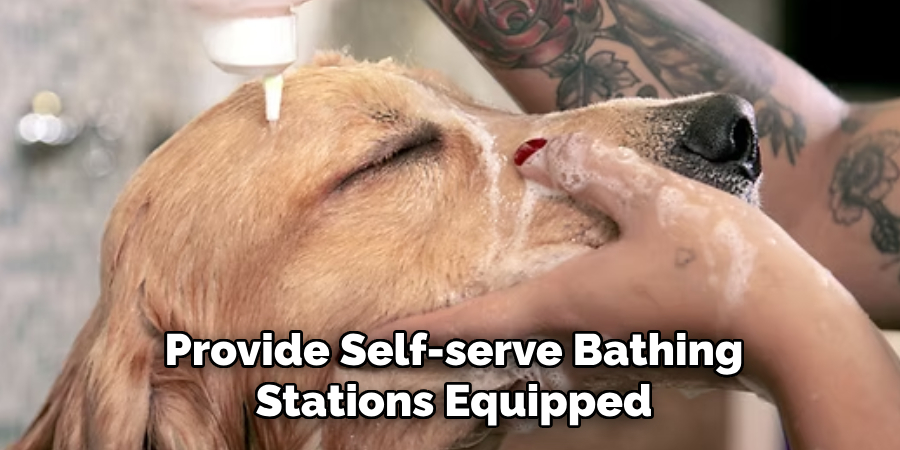
Many pet stores and grooming centers provide self-serve bathing stations equipped with professional tools and built-in drainage systems. These stations are convenient and designed to handle large amounts of hair, making them a great option to keep your home drains hair-free.
Using a Large Basin or Tub Insert
An affordable solution is to use a plastic tub or basin placed inside your bathtub. This allows you to collect loose pet hair during the washing process. Once finished, you can dispose of the water and hair outdoors instead of allowing it to flow into your drain.
Conclusion
Proper preparation and proactive habits can make pet bathing a seamless experience. Brushing your pet before the bath minimizes shedding, while using a drain protector effectively catches fur. Rinsing carefully ensures no residue is left behind, and regular drain maintenance prevents clogs or costly plumbing repairs. By following these best practices, pet owners can learn “how to bathe dog in tub without clogging drain” efficiently and stress-free. Remember, maintaining clear plumbing saves time and money and creates a better grooming experience for your furry friend and keeps them clean and healthy.

